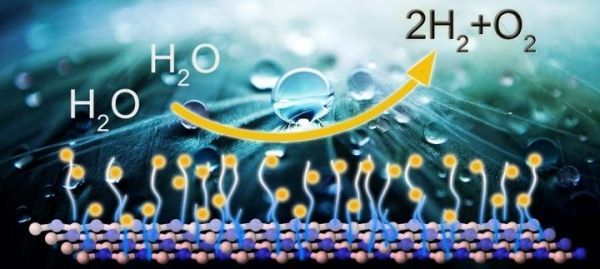Scientists from TPU, Germany, and the United States have found a new way to functionalize a dielectric, otherwise known as ‘white graphene’, i.e. hexagonal boron nitride (hBN), without destroying it or changing its properties. Thanks to the new method, the researchers synthesized a ‘polymer nano carpet’ with strong covalent bond on the samples. Functionalization with various polymers allows the creation of materials with new properties. In addition, the materials will help to improve the production process of eco-friendly hydrogen fuel.
The study was covered in the article Polymer Brushes on Hexagonal Boron Nitride in the journal Small (Q1; IF 9.598).
According to one of the authors, Prof Raul Rodriges from the TPU Research School of Chemistry & Applied Biomedical Sciences, the project is a continuation of large-scale research on the modification of the ultrathin conductor of electricity and heat - graphene.
‘Progress in the studies of graphene sparked a huge interest in new types of 2D materials such as hexagonal boron nitride (hBN). They have interesting optical, mechanical, and electronic properties. In this case, graphene is a conductor, whereas hexagonal boron nitride is a dielectric (it does not transmit current). To ensure its successful use, it was necessary to functionalize the material covalently, i.e. to achieve a stable chemical bond between a functionalizing molecule and a layer,’- says the TPU scientist.
Read more at Tomsk Polytechnic University
Image: This is a catalyst with functionalized hexagonal boron nitride and nickel nanoparticles. (Credit: Tomsk Polytechnic University)


